Technical specifications for 1756-L72
| Manufacturer | Rockwell Automation |
|---|---|
| Brand | Allen-Bradley |
| Part Number/Catalog No. | 1756-L72 |
| Series | ControlLogix |
| I-O Memory | 0.98 MB |
| Module Type | Processor Module |
| User Memory | 4 MB |
| Nonvolatile Memory | 1 GB (1784-SD1 ships with every controller) 2 GB (1784-SD2) |
| Maximum I-O | 128,000 |
| Communication | 1 port USB |
| USB Port Communication | Programming, configuration, and on-line edits |
| Maximum Analog I-O | 4,000 |
| Maximum Digital I-O | 128,000 |
| Current Draw (1.2 Volts DC) | 5 milliamps |
| Current Draw (5.1 Volts) | 800 milliamps |
| User Memory | 4MB |
| Power Dissipation | 2.5 Watts |
| Backplane Current (1.2 Volts DC) | 5 mA |
| Thermal Dissipation | 8.5 BTU per hour |
| Backplane Current (5.1 Volts DC) | 800 mA |
| Isolation Voltage | 30 Volts Continuous |
| Weight | 0.25 kg (0.55 lb) |
| Enclosure | None |
| Relative Humidity | 5-95 percent |
| Operating shock | 30G |
| UPC | 10612598876027 |
| Redundancy | Full Support |
| UNSPSC | 32151705 |
| Programming Languages | Relay ladder Structured text Function block SFC” |
Description
The Allen-Bradley 1756-L72 is a ControlLogix Series Programmable Automation Controller (PAC). It has an available 4 MB user memory for data and logic and 0.98 MB I/O memory. The controller ships with a 1 GB SD card, the 1784-SD1, that you can use as optional nonvolatile memory storage. You can also upgrade it to 2 GB via the 1784-SD2 card if the storage is not enough for your use. It is recommended that the SD card is installed to the controller and to only use those that are sold by Rockwell Automation, as these cards have been fully tested to work with the controllers. Using other SD cards poses a risk of experiencing data loss or corruption. The SD cards are primarily used to store diagnostic data that is written automatically when a fault occurs. These data are used by Rockwell Automation for troubleshooting purposes. The 1756-L72 controller also comes with three capacitor energy storage modules. The 1756-ESMCAP/1756-ESMCAPK is a removable module available in every controller. Another removable module is the 1756-ESMNSE/1756-ESMNSEK that has no residual WallClockTime power backup. The only nonremovable module is the 1756-ESMNRM/1756-ESMNRMK that helps prevent USB connection and SD card use to help secure the controller.
You can use the 1756-L72 controller together with specific modules to create an Armor ControlLogix controller. It can support controller redundancy when paired with a similar controller and in the same ControlNet network. ControlLogix chassis that are compatible with this controller are 1756-A4, 1756-A4K, 1756-A7, 1756-A7K, 1756-A10, 1756-A10K, 1756-A13, 1756-A13K, 1756-A17, and 1756-A17K. It also has 1 full-speed USB 2.0 port available and a 4-character alphanumeric display for you to view its current status. Several communication options are available with the 1756-L72 controller and these are Data Highway Plus, DeviceNet, Ethernet/IP, Remote I/O, SynchLink, ControlNet, and Third-party process and device networks. This controller has a continuous isolation voltage of 30 Volts and has been type tested for 60 seconds at 500 Volts AC. It has a current draw of 5 mA at 1.2 Volts DC and 800 mA at 5.1 Volts DC. Power dissipation of the 1756-L72 controller is 2.5 Watts and its thermal dissipation is 8.5 BTU/hour. Storage temperature of the controller ranges from -40 to 85 Degrees Celsius, while its operating temperature range is 0 to 60 Degrees Celsius. It has a vibration of 2 G at 10 to 500 Hertz, an operating shock of 30 G, and a non-operating shock of 50 G.
The Allen-Bradley 1756-L72 belongs to the most recent ControlLogix product category. This part number represents a ControlLogix controller with 4Mb user memory and pre-allocated I/O memory capacity of 0.98 MB.
The 1756-L7x Controllers introduced several upgrades. For the non-volatile memory, this controller used Secure Digital (SD) cards. By default, this controller is shipped with a 1GB non-volatile memory. Replacement modules for this non-volatile memory are 1756-SD1 and 1756-SD2. Additionally, this controller does not use batteries. Instead of RS232 communication port, this controller has USB communication port that functions similar to the RS232 however, more robust and does not require expensive communication cables. If required, the controller’s integrated memory ma be upgraded or downgraded with the use of the Flash utility tool.
This controller has Front Panel Display that continuously promps the Devices Status, Operating Mode and other diagnostics. The operating Mode is changeable with the use of a supplied key, small form factor occupying only a single slot of the 1756 Chassis and a easily attachable/ Detachable module.
This Programmable Automation Controller (PAC) are OPC UA compliant which enables a much easier configuration to the control and data network. It also support communication protocols such as Ethernet I/P; ControlNet; DeviceNet; Data Highway Plus; Remote IO; Synchlink; Third party process and device networks.
Revisions
| Revision Part # | Also known as | |
|---|---|---|
| 1756-L72 Ser A | 1756-L72/A, Series A, Rev A | |
| 1756-L72 Ser B | 1756-L72/B, Series B, Rev B | |
Alternative names
- 1756-172
- 1756172
- 1756L72
- L756-172
- L756-L72
- L756172
- L756L72
Repairs
Frequently asked questions
What is this module’s power dissipation?
The 1756-L72 has a power dissipation of around 2.5 Watts.
What type of enclosure does the 1756-L72 require?
The 1756-L72 does not require any kind of enclosure.
Technical notes
Documentation
| RESOURCE | PUBLICATION NUMBER |
|---|---|
| Technical Data | 1756-TD001 |
| User Manual | 1756-UM001 |


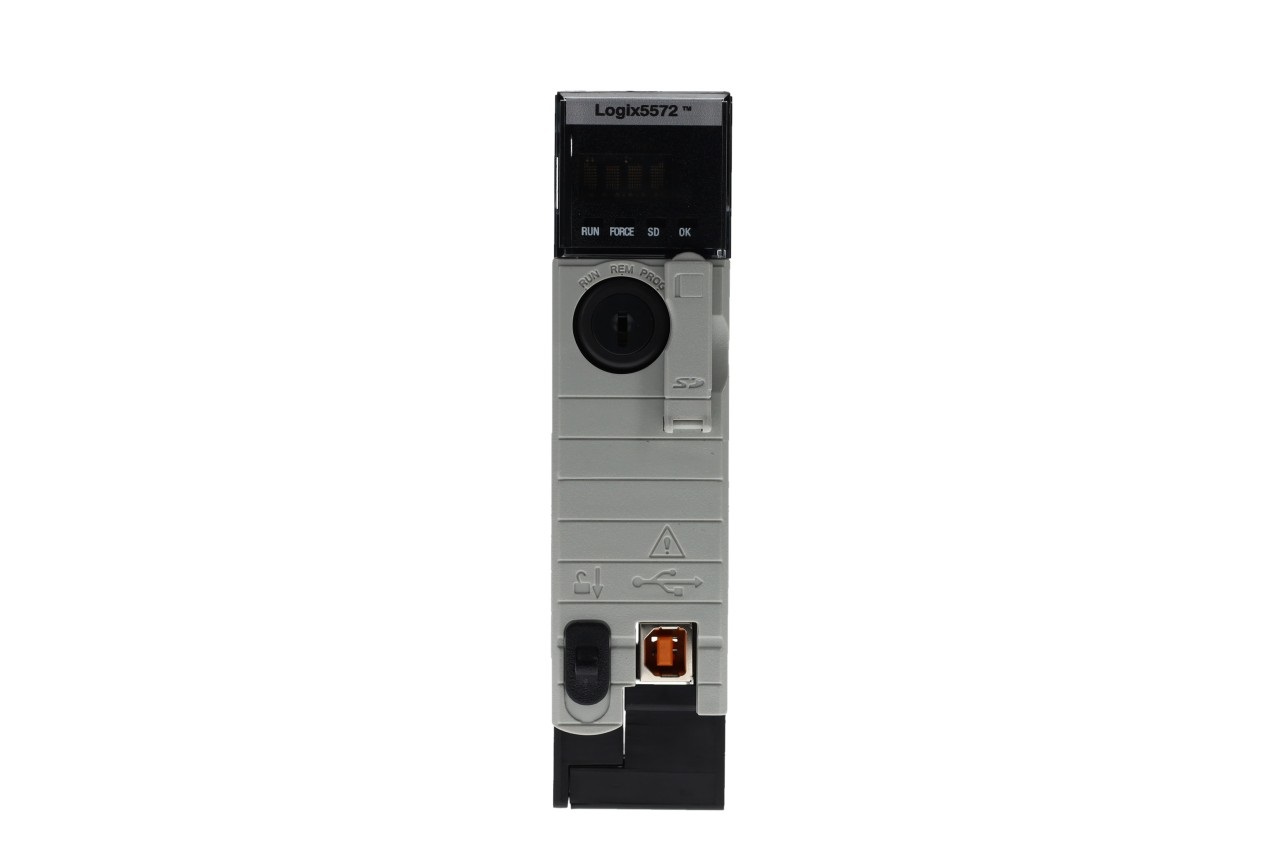
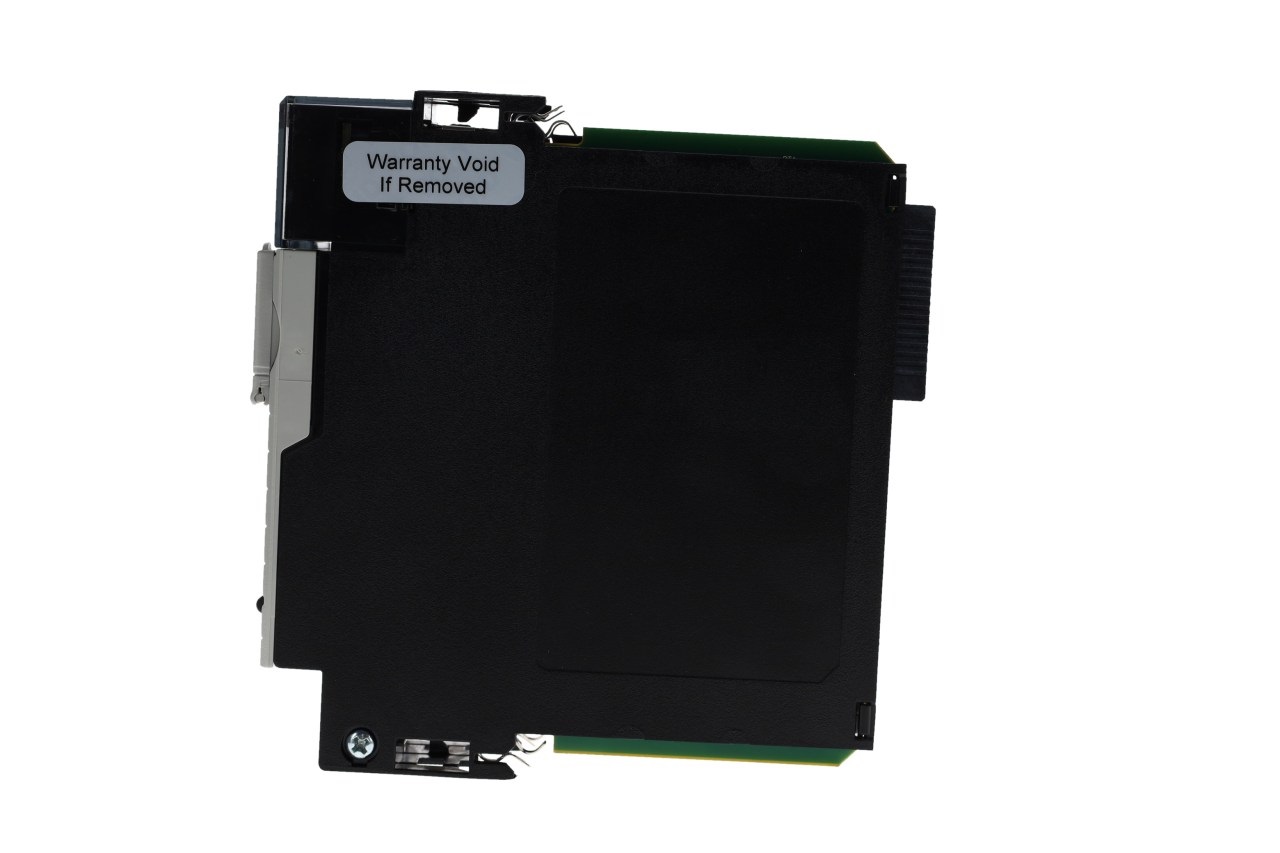
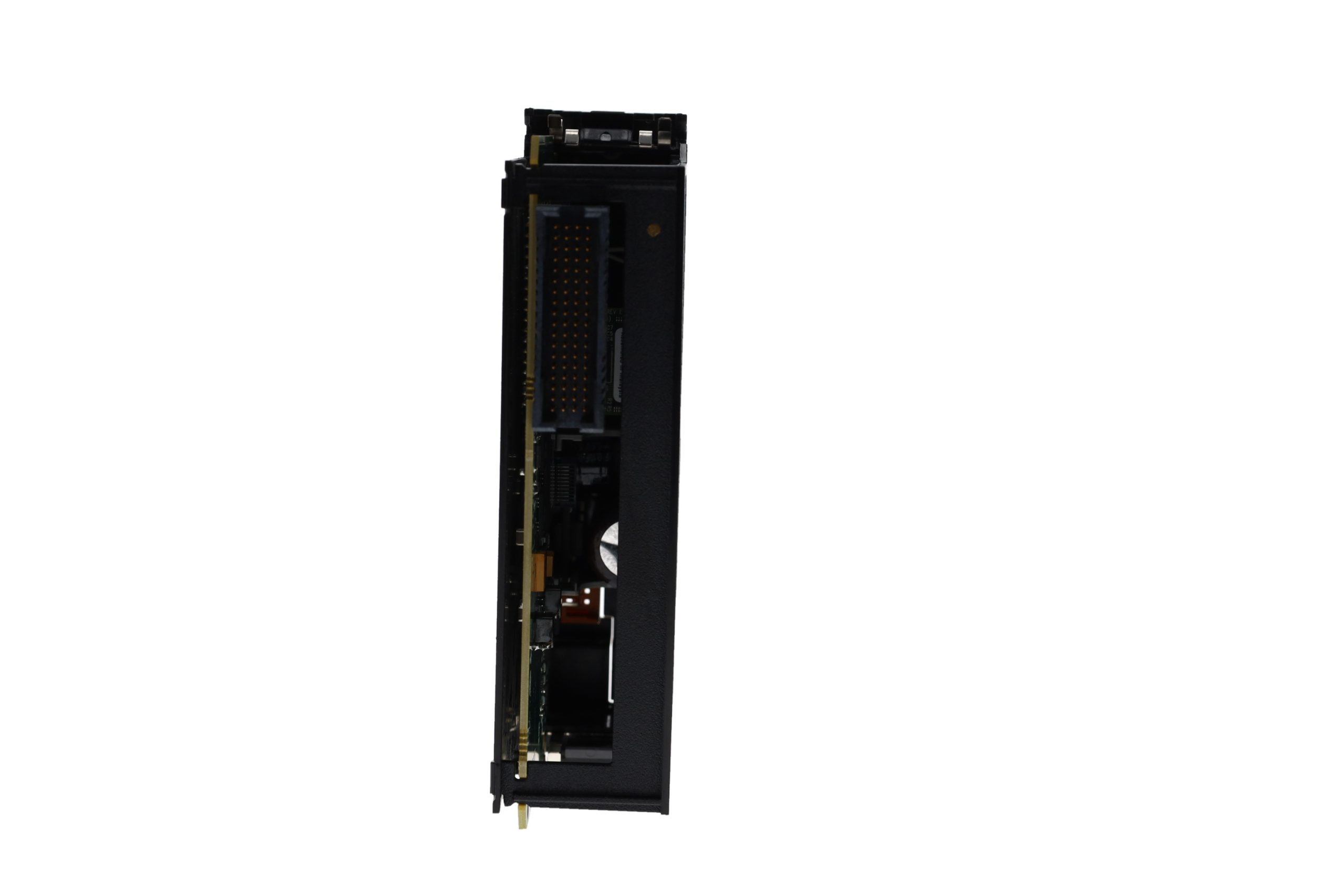

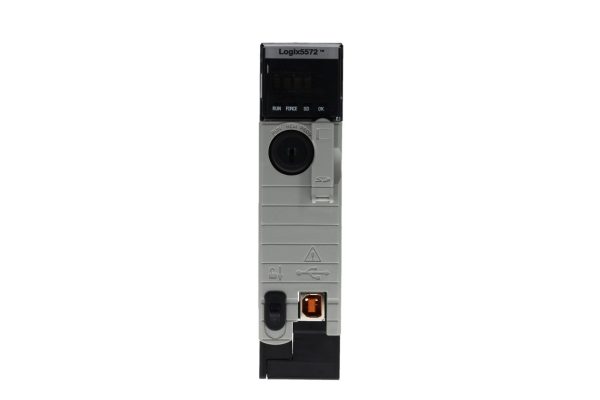

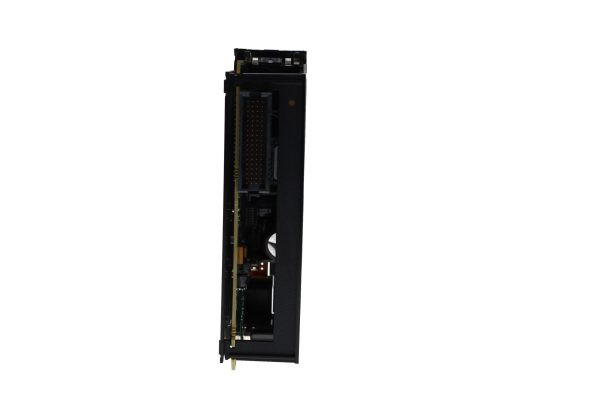

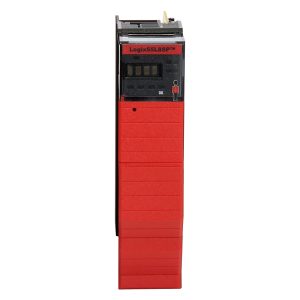
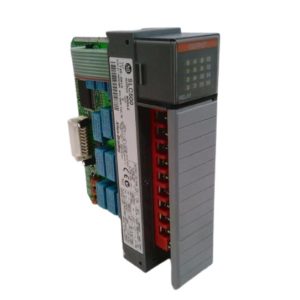
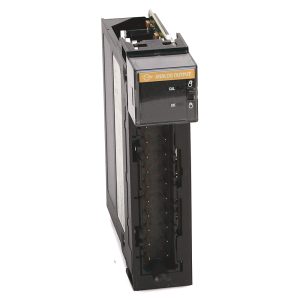
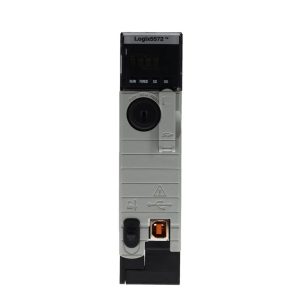
Reviews
There are no reviews yet.